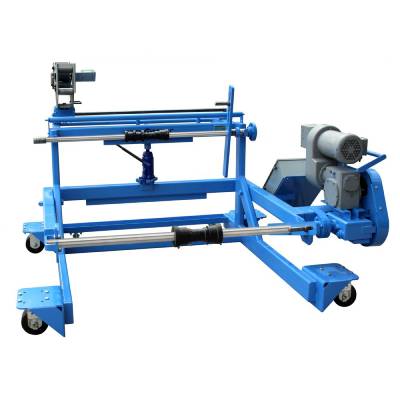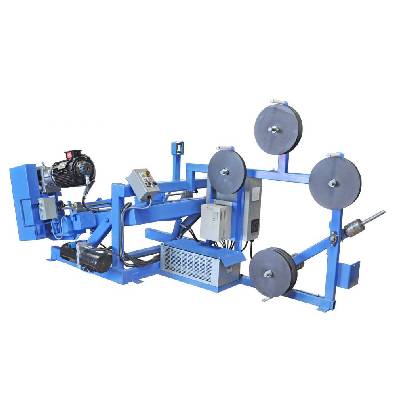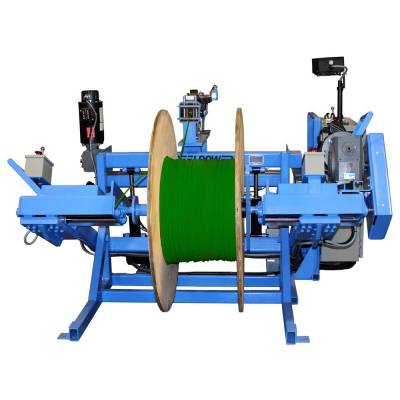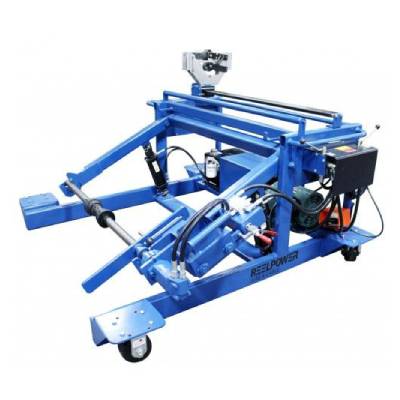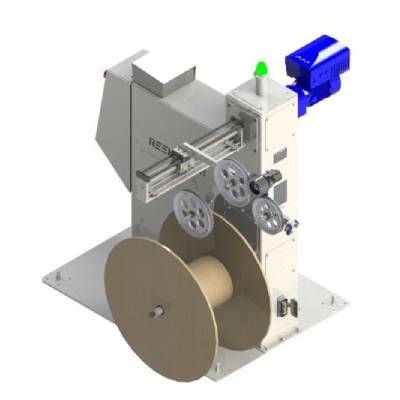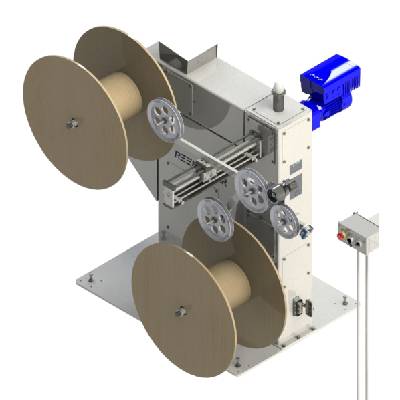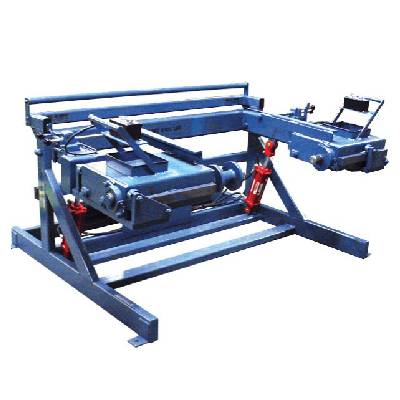We use cookies to make your experience better. To comply with the new e-Privacy directive, we need to ask for your consent to set the cookies. Learn more.
Cable Reeling Machine: Types, Working, Applications
In the dynamic world of construction, maintenance, and event production, cables are the lifeblood of countless operations. But keeping these vital lines organized, protected, and readily deployable can be a tangled mess. Cables provide the power and connectivity that makes so much of modern life possible. From large construction sites to stages and studios, miles of electrical, AV, and data cables are the hidden force enabling lighting, sound, machinery, and more.
However, without proper storage and handling, loose cables pose safety hazards and reduce efficiency. Tangles, frays, or damage can further compromise critical operations. Cable reels keep miles of mission-critical cables neatly wound, protected, portable, and accessible. Investing in heavy-duty reeling equipment prevents tangles, damage, and hazards while enabling rapid, reliable deployment across industries where smooth power connectivity matters.
What are Cable Reels or Cable Reeling Machines?
Cable reeling machines, or simply "cable reels," are specialized equipment designed to efficiently store, unwind, and rewind electrical or fiber optic cables. They consist of a sturdy frame, a drum (spool) for winding the cable, and a crank or motor-driven mechanism for controlled deployment and retraction. These seemingly simple devices are crucial in minimizing cable snarls, protecting lines from damage, and facilitating efficient work processes.
Configuration of Cable Reeling Machines:
Cable reels come in various configurations to suit specific needs. Here's a breakdown of key elements:
- Frame: Typically made of steel or aluminum for durability and lightweight portability.
- Drum: Available in different sizes and materials like plastic, steel, or aluminum, accommodating varying cable capacities and weights.
- Slip rings: For electrical cables, slip rings allow continuous power transmission while the drum rotates.
- Guiding System: Some reels feature rollers or channels to guide the cable smoothly during deployment and retraction, preventing kinks and damage.
- Control Mechanism: Options include manual cranks, electric motors with controls, or hydraulically powered systems for effortless
Considerations When Choosing Cable Reeling Machines:
Desired cable capacity, electrical load ratings, environmental resilience, frequency of reel movement, and dispensing control method all impact the ideal reel choice. A certified supplier can recommend optimal solutions given application specifications.
- Cable type and capacity: Choose a reel compatible with the cable type (electrical, fiber optic) and weight.
- Drum size and material: Match the drum size to the cable length and choose a material suitable for the environment (e.g., weatherproof for outdoor use).
- Control mechanism: Manual cranks are cost-effective for shorter cables, while motorized or hydraulic systems are ideal for heavy cables or frequent deployment.
- Portability: Consider weight and wheel/handle options for ease of movement.
- Safety features: Look for features like brake systems and overload protection to ensure safe operation.
Types of Cable Reeling Machines:
With diverse needs in mind, manufacturers offer a wide range of cable reels:
- Portable Reels: Lightweight and compact, ideal for short cables and temporary setups.
- Heavy-Duty Reels: Robustly built for handling long, heavy cables in construction and industrial settings.
- Motorized Reels: Offer effortless deployment and retraction with electric or hydraulic motors.
- Custom reels: Engineered for unique voltage loads, environmental exposure, or form factors per project requirements.
- Retractable Reels: Spring-loaded reels automatically rewind cables for convenient storage and organization.
- Wall-Mounted Reels: Fixed reels for permanent installations, maximizing space and keeping cables accessible.
Applications and Benefits of Cable Reeling Machines:
Cable reels find applications in numerous sectors:
- Construction: Supplying power for tools and equipment, lighting temporary setups, and managing extension cords.
- Event Production: Providing power and signal lines for audio/visual equipment, stage lighting, and temporary setups.
- Maintenance and Repair: Supplying power and tools for electrical, plumbing, and other maintenance work.
- Manufacturing and Warehousing: Distributing power and data lines for machinery and equipment.
- Marine and Offshore: Handling heavy cables for winches, anchors, and other equipment.
The benefits of using cable reels are undeniable:
- Improved Safety: Organized and protected cables minimize trip hazards and electrical dangers.
- Enhanced Efficiency: Quick deployment and retraction save time and effort.
- Reduced Cable Damage: Proper storage and handling prevent kinks and tears, extending cable life.
- Increased Organization: Reels keep cables tidy and readily accessible.
- Improved Versatility: Different types of reels cater to diverse needs and environments.
Advantages of Cable Reeling Machines:
Beyond the core benefits, cable reels offer additional advantages:
- Cost-effective: Reels protect expensive cables, saving on replacements and repairs.
- Portable and adaptable: Choose reels suitable for various locations and projects.
- Durable and reliable: High-quality reels withstand demanding conditions.
- Environmentally friendly: Proper cable management reduces waste and improves energy efficiency.
Maintenance Procedure of Cable Reeling Machines:
Regular maintenance ensures optimal performance and longevity of your cable reels:
- Inspect reels regularly for wear and tear, damage to the frame or drum, and proper functioning of the control mechanism.
- Clean and lubricate moving parts as recommended by the manufacturer.
- Store reels properly in a dry, protected environment when not in use.
- Follow safety guidelines during operation, including proper lifting techniques and avoiding overloading the reel.
From humble storage solutions to self-winding marvels, cable reels have evolved into workhorses across diverse industries. Choose wisely, unleash the power of reels, and watch your work life flow smoothly.

